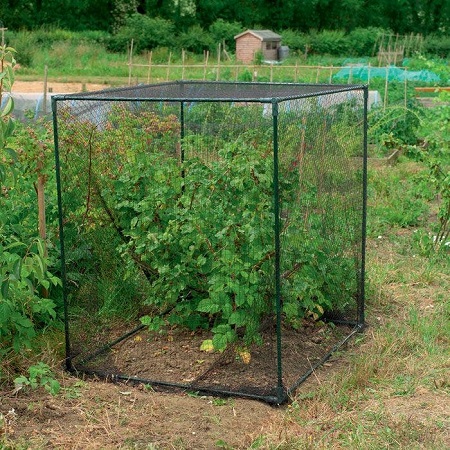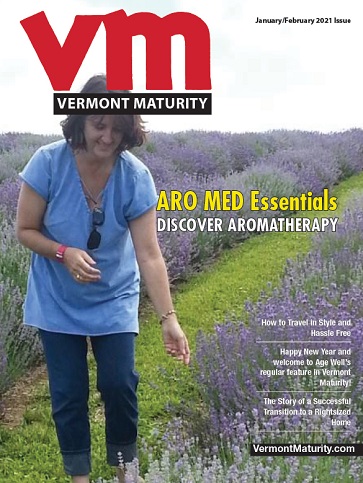
Boost this year’s harvest and reduce pest problems with less effort, while being kind to the environment. Employ row covers, chicken wire cloches and crop cages to prevent damage without the aid of chemicals.
Floating row covers of spun-bonded or woven materials let air, light, and water through to the covered plantings. The warm air that is captured protects the plantings from frosty temperatures. The coverings also prevent birds from dining on newly planted seeds and eliminate damage by certain insects like flea beetles, onion maggots, seed corn maggots, and leafhoppers that may infect lettuce, celery, and carrots with aster yellows disease.
Cover susceptible seeds and transplants at planting to prevent the insects from reaching the plants. Insects like flea beetles and onion and seed corn maggots overwinter as adults in the soil near the previous season’s planting. Move susceptible plants to a different part of the garden to avoid trapping the insects under the row cover with their favorite food source.
Double the benefit with less effort by planting short season radishes with long season cold crops such as cabbage, broccoli, and cauliflower. Harvest the radishes as the larger vegetable plants need the space. This will provide two harvests from one row. The row cover eliminates problems with root maggots on radishes, cabbage worms on cold crops, and rabbits from dining on them all.
Basil and beans are favorites of Japanese beetles. Cover these at planting and since they do not need pollination to enjoy the harvest, leave the fabric in place throughout the season. Just lift to harvest and replace.
Cover squash at planting to prevent birds from dining on newly planted seeds and to reduce the risk of squash vine borer and squash bugs. The fabric prevents these insects from accessing the plants. Remove the covers when flowering begins to allow pollinators access to the blossoms. Don’t use row covers when planting squash in the same location as the previous year. Since squash vine borer insects will overwinter in the soil near the squash plants, the row cover will trap the insects and provide easy access to the plants. Continue to monitor for these pests throughout the remainder of the season.
Self-supporting mesh enclosures are another option for protecting plantings from insects, birds, and animals. Look for products like this that are simple to install and fold flat for easy storage when not in use. Finer mesh products keep out insect pests while larger mesh wire covers protect plantings from birds and animals, including hungry squirrels dining on greens and ripe tomatoes. Various sizes and designs provide coverage for individual plants, raised beds and berry bushes.
If you are looking to get an early start on your garden, try using a cold frame greenhouse. They allow you to start seeds and plants even earlier and help protect against pests.
Melinda Myers has written more than 20 gardening books, including Small Space Gardening. She hosts the “How to Grow Anything” DVD series and the Melinda’s Garden Moment TV & radio segments. Her website is MelindaMyers.com.
Related Articles & Free Vermont Maturity Subscription

10 High Impact Tulips for Your Garden
Maintaining a Great Yard with Less Effort






Comment here